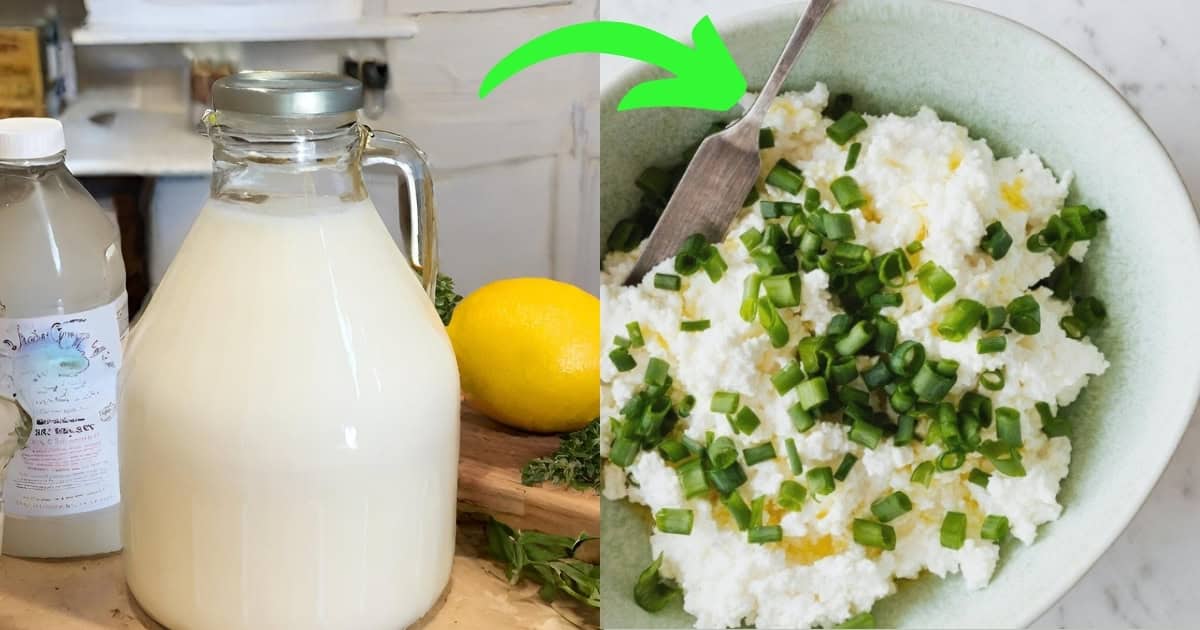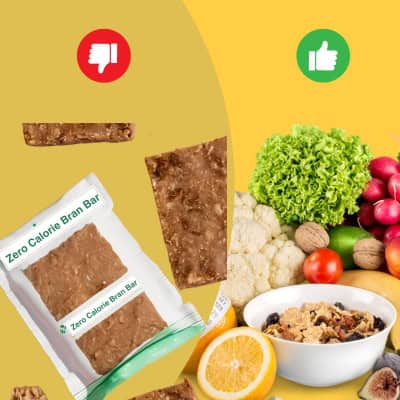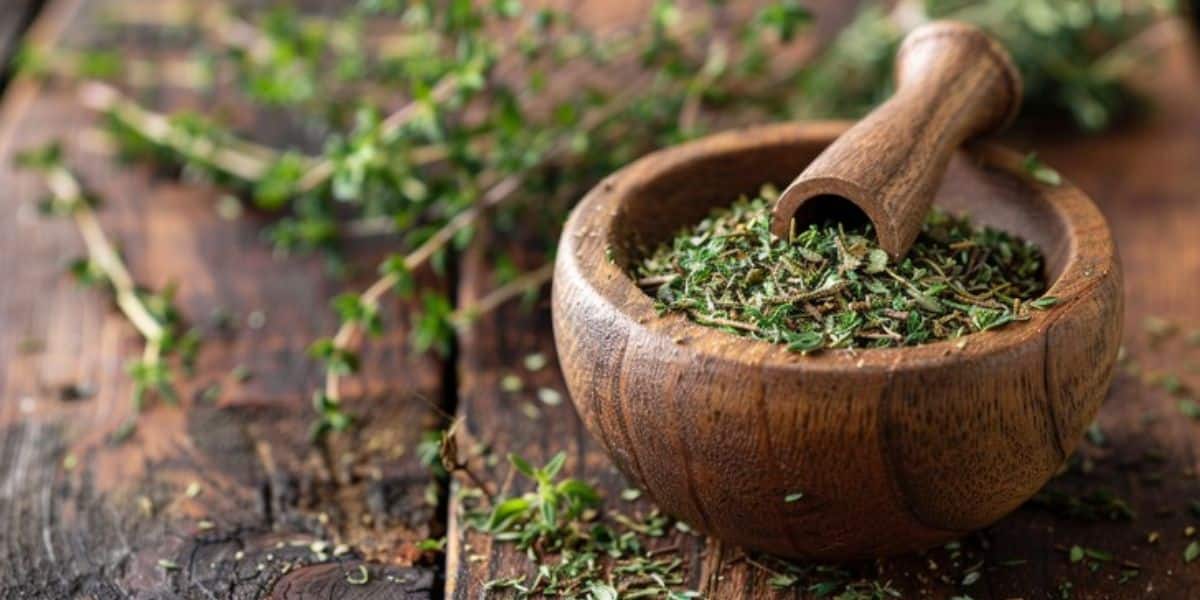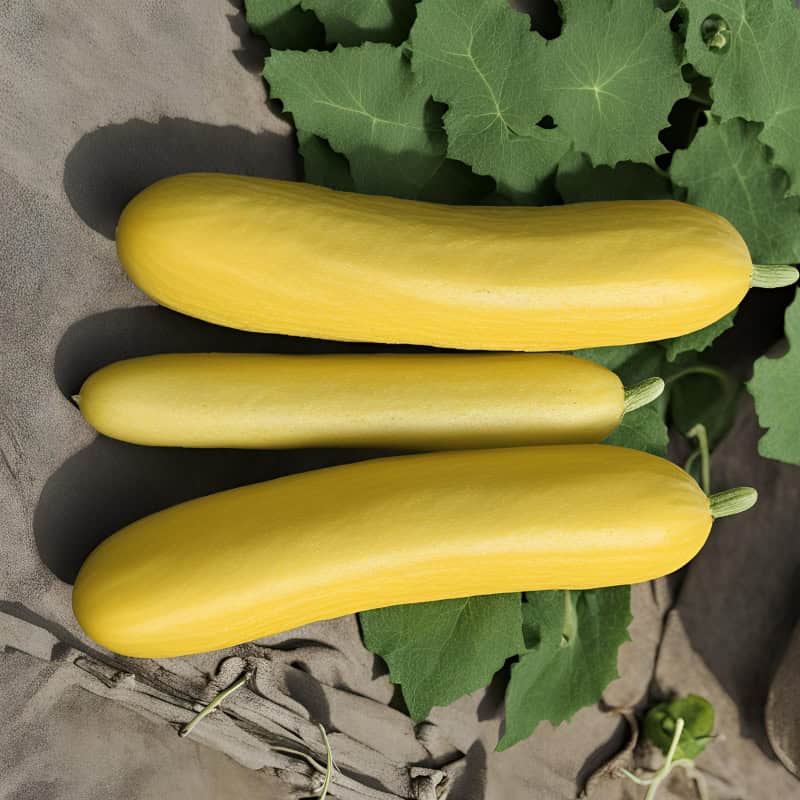Getting tired of stale, store-bought cottage cheese that lacks that salty, homemade finesse? Well, in just three simple steps, you can create your own delicious cottage cheese at home.
Learning how to make cottage cheese at home saves you a ton of money, and allows you to consume cheese without any added preservatives. Plus, you’ll be amazed at how quickly you can create creamy, flavorful cottage cheese right at home with a handful of ingredients and no fancy equipment.
Beyond its delicious taste, cottage cheese is packed with protein, which makes it an excellent choice for muscle repair and growth. It’s also rich in calcium, essential for maintaining strong bones and teeth. So, not only will you enjoy the freshest cottage cheese possible, but you’ll also reap the nutritional rewards.
How To Make Cottage Cheese at Home
Learning how to make cottage cheese at home is not only easy but also incredibly rewarding. Not to mention, it’s one of the quickest cheeses you can whip up, perfect for those craving instant gratification in the kitchen. Plus, the benefits extend far beyond its mouthwatering taste. Here’s how you can get started:
List of Ingredients & Kitchen Tools to Make Cottage Cheese At Home

Ingredients:
- 1 gallon (3.8 liters) of whole milk
- 1/4 cup of white vinegar or lemon juice
- Salt (optional, for seasoning)
- Herbs or spices (optional, for flavoring)
Kitchen Tools:
- Large pot
- Thermometer
- Slotted spoon
- Cheesecloth or muslin cloth
- Colander
- A large bowl
Step-by-Step Instructions to Make Cottage Cheese at Home
Once you have these ingredients ready, a delicious bowl of fresh, homemade cottage cheese is only minutes away. With just three simple steps, you’ll be on your way to savoring this versatile dairy delight in no time. Let’s get started!
Step 1: Heat the Milk

Pour the gallon of whole milk into a large pot and place it on the stove over medium heat. Use a thermometer to monitor the temperature. Heat the milk until it reaches around 185°F (85°C), stirring occasionally to prevent it from scorching.
Step 2: Add The Acid Component

Once the milk reaches the desired temperature, remove it from the heat. Gradually pour in the white vinegar or lemon juice while gently stirring the milk. You will start to see curds forming and separating from the whey. If the curds do not form immediately, you can gently heat the mixture a little more.
Step 3: Let the Curd Set

Allow the curds to set undisturbed for about 10-15 minutes. During this time, the curds will continue to separate from the whey, forming larger clumps.
Step 4: Drain the Whey

Line a colander with cheesecloth or muslin cloth and place it over a large bowl or in the sink. Carefully pour the curds and whey mixture into the colander, allowing the whey to drain away. You can save the whey for other culinary uses, such as baking or cooking.
Step 5: Rinse the Curd

If you prefer a milder flavor, you can rinse the curds under cold water to remove any excess acidity from the vinegar or lemon juice. Gently gather the edges of the cheesecloth and rinse the curds under running water until they reach your desired taste.
Step 6: Season and Flavor The Cheese (Optional)

Once the curds have drained, transfer them to a bowl and season with salt to taste. You can also add herbs, spices, or other flavorings at this stage to customize your cottage cheese.
Refrigerate and Enjoy!
Transfer the cottage cheese to an airtight container and refrigerate it for at least an hour before serving. Homemade cottage cheese will keep in the refrigerator for about 3-5 days, although it’s best enjoyed fresh.
Why You Should Learn How To How Make Cottage Cheese at Home

There’s nothing like scooping a dollop of fresh, tangy cottage cheese with a nacho. Learning how to make cottage cheese at home opens so many doors for you. Here are some of the reasons why we think you should try out this process immediately.
- Freshness and Quality Control: When you learn how to cottage cheese at home, you have full control over the ingredients used. You can choose the quality of milk and ensure it is fresh and free from additives or preservatives. This results in a fresher and higher-quality cottage cheese compared to many store-bought options.
- Customization: Homemade cottage cheese allows you to customize the flavor and texture according to your preferences. You can adjust the amount of salt, experiment with different herbs and spices, or even incorporate mix-ins like fruits or nuts to create unique variations that suit your taste.
- Health Benefits: When you learn how to make cottage cheese at home, you can avoid added sugars, stabilizers, and other potentially unhealthy additives commonly found in commercial varieties. Additionally, you have control over the fat content by choosing the type of milk used, making it easier to adapt to dietary preferences or restrictions.
- Cost-Effectiveness: While the initial investment in ingredients and equipment may seem higher, making cottage cheese at home can be cost-effective in the long run, especially if you consume it regularly. You can produce larger batches for a fraction of the cost of purchasing equivalent amounts from the store.
- Sustainability: You can reduce the need for single-use packaging, often associated with store-bought products, when you make cottage cheese at home, contributing to environmental sustainability. Additionally, you can repurpose any leftover whey from the cheese-making process for cooking, baking, or even as a nutrient-rich addition to smoothies or soups.
Making cottage cheese at home offers numerous benefits, including fresher flavor, customization options, better control over ingredients, and cost-effectiveness. Additionally, it allows for a more sustainable and fulfilling culinary experience, making it a worthwhile endeavor for anyone interested in homemade dairy products.
How to Reduce Waste When You Make Cottage Cheese at Home

Making zero waste cottage cheese involves minimizing waste throughout the entire cheese-making process, from sourcing ingredients to utilizing by-products effectively. Here’s a step-by-step guide:
- Source Ingredients Mindfully: Choose locally-produced, organic milk in returnable glass bottles or bulk containers to reduce packaging waste. Opt for milk from farms with sustainable and eco-friendly practices to support environmentally-conscious agriculture.
- Use Every Part of the Milk: Instead of discarding any part of the milk, utilize both the curds (for cottage cheese) and the whey (a by-product). Whey is rich in protein and nutrients and can be used in various culinary applications. For instance, you can use it in baking bread, making smoothies, cooking grains like rice or quinoa, or even as a substitute for water in soups or stews.
- Minimize Packaging Waste: When purchasing other ingredients like vinegar or lemon juice, opt for products with minimal or recyclable packaging. Consider buying in bulk or choosing brands that prioritize sustainability in their packaging practices.
- Reusable Equipment: Use reusable equipment such as glass jars, stainless steel pots, and muslin cloths for straining the cottage cheese. Avoid single-use cheesecloth or disposable utensils whenever possible.
- Composting: Any organic waste generated during the cheese-making process, such as leftover whey or strained milk solids, can be composted. Composting helps divert organic waste from landfills and creates nutrient-rich soil for gardening.
By following these steps and incorporating zero waste principles into the cottage cheese-making process, you can enjoy delicious homemade cheese while minimizing environmental impact and promoting sustainability. Remember that small changes can make a big difference in reducing waste and living more consciously.
Summing Up!
When you learn how to make cottage cheese at home, you save money and ensure quality control, while also being environmentally friendly. By carefully sourcing ingredients, minimizing packaging waste, and creatively using every part of the milk, you can enjoy homemade cottage cheese while reducing your ecological footprint. Embracing sustainable practices in cheese-making not only benefits the planet but also fosters a deeper connection to the food we consume.
With a mindful approach and a willingness to innovate, zero waste cottage cheese becomes a rewarding culinary endeavor that promotes both environmental stewardship and culinary creativity.
Now that you’ve learnt how to make cottage cheese at home, how about mastering a nice little homemade vanilla yogurt recipe? Check it out here.
Frequently Asked Questions
Can I use non-dairy milk to make zero waste cottage cheese?
While traditional cottage cheese is made from dairy milk, you can experiment with alternative plant-based milks such as soy milk, almond milk, or cashew milk. However, keep in mind that the process and texture may vary, and you may need to adjust the recipe accordingly.
How long does homemade cottage cheese last?
Homemade cottage cheese typically lasts for about 3-5 days when stored in an airtight container in the refrigerator. However, the freshness and shelf life may vary depending on factors such as the temperature of your refrigerator and any additional ingredients or flavorings added to the cottage cheese.
What can I do with leftover whey from making cottage cheese?
Leftover whey is a versatile ingredient that can be used in various culinary applications. You can use it as a substitute for water in baking recipes, such as bread or pancakes, or incorporate it into smoothies for an extra protein boost. Whey can also be used as a marinade for meat, a brine for fermenting vegetables, or added to soups and stews for added flavor and nutrients.
















